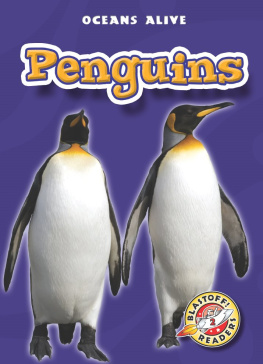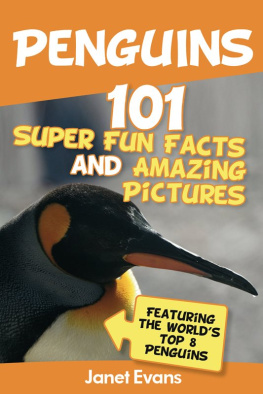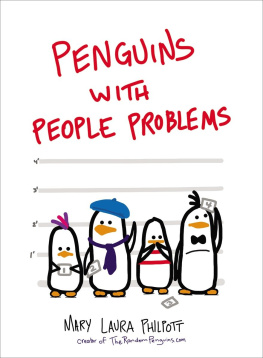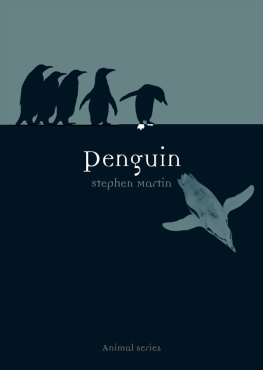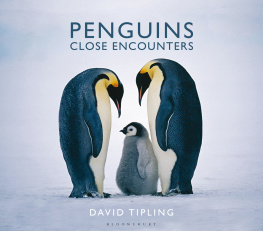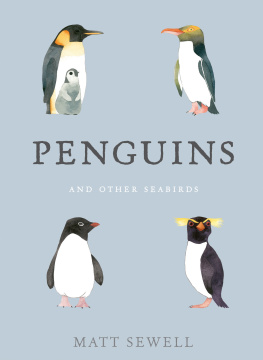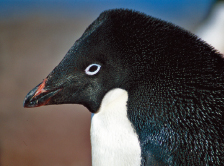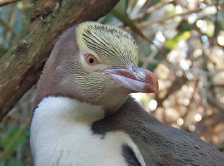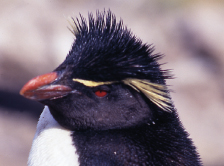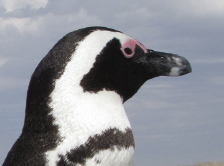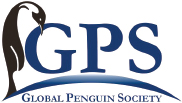Pablo Garcia Borboroglu - Penguins: Natural History and Conservation
Here you can read online Pablo Garcia Borboroglu - Penguins: Natural History and Conservation full text of the book (entire story) in english for free. Download pdf and epub, get meaning, cover and reviews about this ebook. City: Seattle, year: 2015, publisher: University of Washington Press, genre: Science. Description of the work, (preface) as well as reviews are available. Best literature library LitArk.com created for fans of good reading and offers a wide selection of genres:
Romance novel
Science fiction
Adventure
Detective
Science
History
Home and family
Prose
Art
Politics
Computer
Non-fiction
Religion
Business
Children
Humor
Choose a favorite category and find really read worthwhile books. Enjoy immersion in the world of imagination, feel the emotions of the characters or learn something new for yourself, make an fascinating discovery.

- Book:Penguins: Natural History and Conservation
- Author:
- Publisher:University of Washington Press
- Genre:
- Year:2015
- City:Seattle
- Rating:5 / 5
- Favourites:Add to favourites
- Your mark:
Penguins: Natural History and Conservation: summary, description and annotation
We offer to read an annotation, description, summary or preface (depends on what the author of the book "Penguins: Natural History and Conservation" wrote himself). If you haven't found the necessary information about the book — write in the comments, we will try to find it.
Penguins, among the most delightful creatures in the world, are also among the most vulnerable. The fragile status of most penguin populations today mirrors the troubled condition of the southern oceans, as well as larger marine conservation problems: climate change, pollution, and fisheries mismanagement. This timely book presents the most current knowledge on each of the eighteen penguin species-from the majestic emperor penguins of the Antarctic to the tiny blue penguins of New Zealand and Australia, from the northern rockhopper penguins of the South Atlantic and Indian Oceans to the Galapagos penguins of the equator-written by the leading experts in the field.
Included for each species:
o Life history
o Distribution, population sizes and trends
o International Union for the Conservation of Nature (IUCN) status
o Threats to survival
o Legal protection
The book also provides information on current conservation efforts, outlines the most important actions to be taken to increase each populations resilience, and recommends further research needed to protect penguins and the living creatures that share their environment.
Beautifully illustrated with full-color photographs of each species in their natural habitat and detailed charts and graphs, Penguins will be an invaluable tool for researchers, conservation groups, and policy makers. It will also enchant anyone interested in the lives or the plight of these fascinating animals.
Watch the trailer: http://www.youtube.com/watch?v=0s0BbIU6cqE&feature=plcp
Pablo Garcia Borboroglu: author's other books
Who wrote Penguins: Natural History and Conservation? Find out the surname, the name of the author of the book and a list of all author's works by series.

